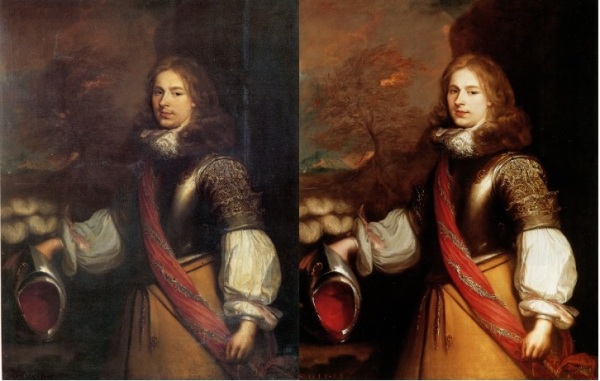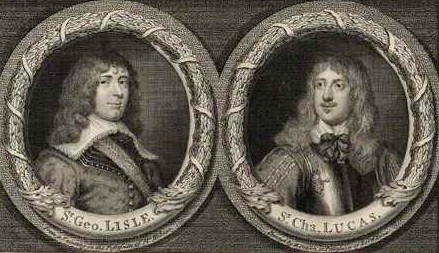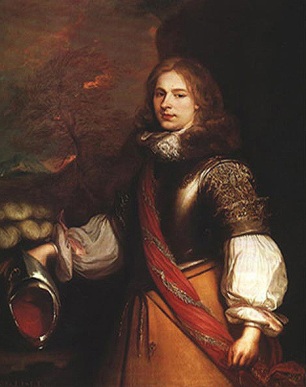To the regular visitor of the National Portrait Gallery in London, the engraved image of Sir Charles Lucas (in the previous post) might seem familiar. The portrait it was taken from hangs there, surrounded by portraits of the man’s contemporaries, both friends and enemies, on a wall in Room 5.
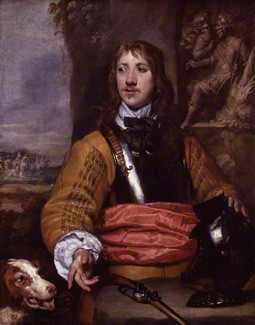
©National Portrait Gallery, London
Yet there is no mention of Sir Charles Lucas here. Instead, this painting (from c.1643) is displayed under the name of Richard Neville, a landowner from Billingbear in Berkshire. If you run an internet search for images of Charles Lucas, most of the results will be variations on this one, the one Vertue apparently borrowed from a connection of Lucas, and which was painted by William Dobson.
Yet there is another. Now in private hands and dated c.1645, it is inscribed with Lucas’s name, and is a confirmed work of William Dobson:
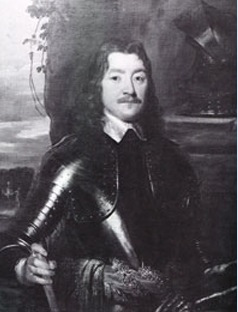
Inscribed Sr.Charles Lucas /1645
Private collection
Clearly they are two different men. In the 1983 National Portrait Gallery catalogue for the Dobson exhibition of that year (get a copy, it’s a mine of information!), we read that the ‘Neville’ version, which had passed by descent through the Neville family until purchased by the NPG in 1981, was identified from family documents as Richard Neville as early as 1770. The catalogue also states that the same picture had however been identifed as Lucas as early as 1713 but, because it bore no resemblance to the other, inscribed Lucas (for which there are conveniently no earlier engravings, nor any clear descriptions in any books or documents I’ve found so far), ‘obviously’ the ‘Neville’ version cannot be Charles Lucas.
Still with me?
I have some questions about this. Firstly, on what evidence is the Neville attribution based? Perhaps in the family records there is an explanation which would resolve the whole thing, but as far as I can see he has only been identified as such since the late 18th century, while the Lucas identification existed as early as 70 years after the end of the Civil War. Secondly, close inspection of the Vertue engravings shows that, beneath them, in very, very small lettering on the frames, are written the names of those who lent Vertue both portraits. That of Lucas states that it was in the possession of a Lord Byron. Exactly which Lord Byron is unsure, but as Charles Lucas’s elder brother married a Mary Byron, I think it is safe to presume they are of the same family, and that the portrait was passed down by descent. If this is true, is it likely they’d be passing down a painting of the wrong man? Unlikely, in my view, but not impossible. However, if the ‘Neville’ has actually been Lucas all along, where does that leave the 1645 Dobson, which is universally accepted as Lucas?
I have no answers, just a great big headache!!
